Fitness trackers are designed to help you monitor your activity levels, but sometimes they might not give the most accurate results. This can be frustrating when you’re trying to meet your goals or assess your progress. Here are some common missteps that can cause your fitness tracker to provide misleading data.
Wearing the Tracker Too Loosely
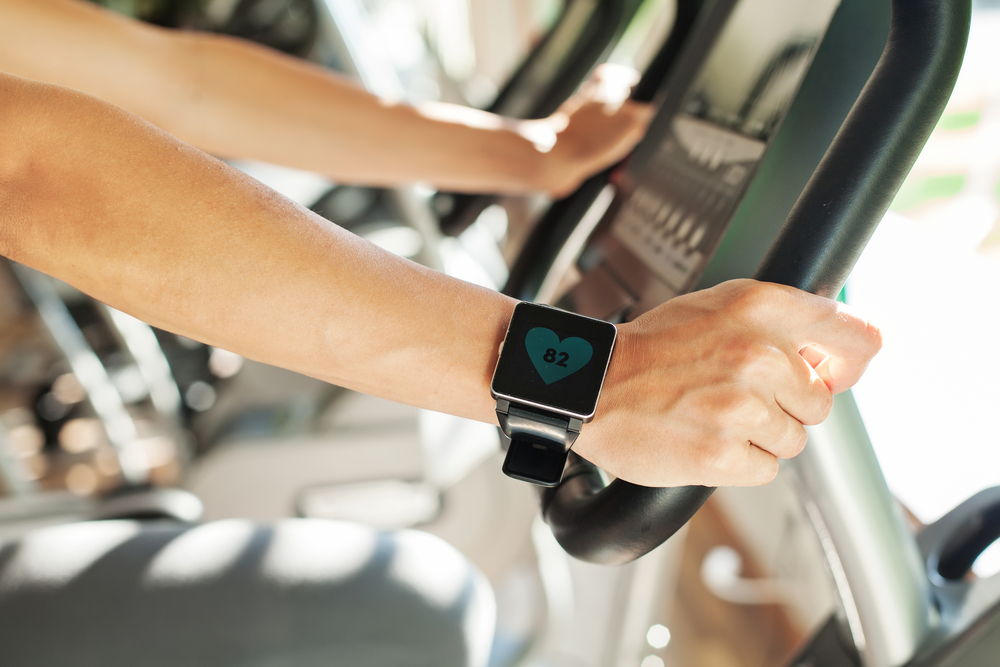
When your fitness tracker is too loose on your wrist, it may not detect your movements accurately. This can result in skipped steps or inaccurate heart rate readings. A snug but comfortable fit ensures the sensors make proper contact with your skin.
Inaccurate Heart Rate Monitoring During Intense Workouts

Some fitness trackers struggle to keep up with rapidly fluctuating heart rates during high-intensity exercises. This can lead to inaccurate readings, especially if you’re relying on heart rate data to measure calorie burn or workout intensity. For intense workouts, consider a chest strap heart monitor for better accuracy.
Misunderstanding the Sleep Tracking Feature
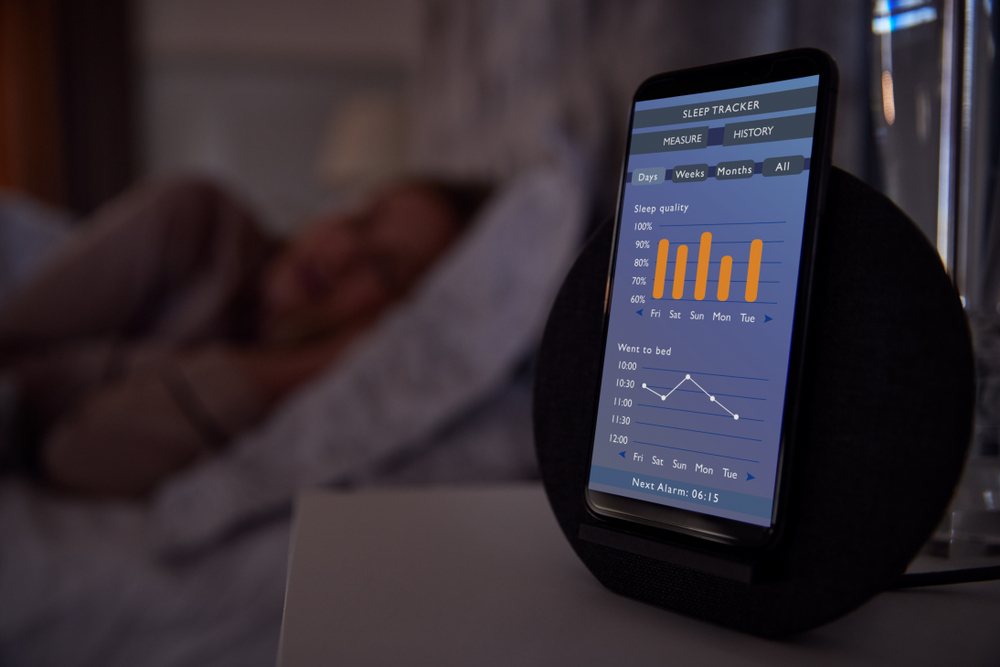
Sleep tracking can be beneficial, but it isn’t always precise. Some trackers only monitor movement, assuming stillness equals sleep. If you tend to lie awake without moving, your tracker might mistakenly think you’re sleeping, skewing your sleep data.
Not Inputting Personal Data Correctly

Fitness trackers often require information like height, weight, and age to estimate calories burned and step length. If this data is incorrect or outdated, it can distort the results, leading to over- or underestimations of your daily activity.
Ignoring Calibration Settings

Many fitness trackers need calibration to sync properly with your stride or exercise intensity. Without proper calibration, your tracker may miscount steps or incorrectly record the distance you’ve traveled. Regular calibration helps improve its accuracy.
Using the Wrong Activity Mode

Most trackers come with various activity modes, such as running, cycling, or swimming. If you don’t select the correct mode, the tracker might not accurately calculate your movements. This is especially important for non-walking activities where the step count isn’t enough to measure your effort.
Inconsistent Wear Patterns

Taking off your fitness tracker for long periods or only wearing it sporadically can cause gaps in your data. This leads to inaccurate overall activity readings. Consistency is key to getting the most accurate picture of your fitness progress.
Not Charging Regularly

Low battery levels can cause some fitness trackers to function poorly or stop recording data altogether. Make sure to charge your device regularly to avoid missing out on important activity metrics. A fully charged tracker gives the best results.
Over-Reliance on Step Count
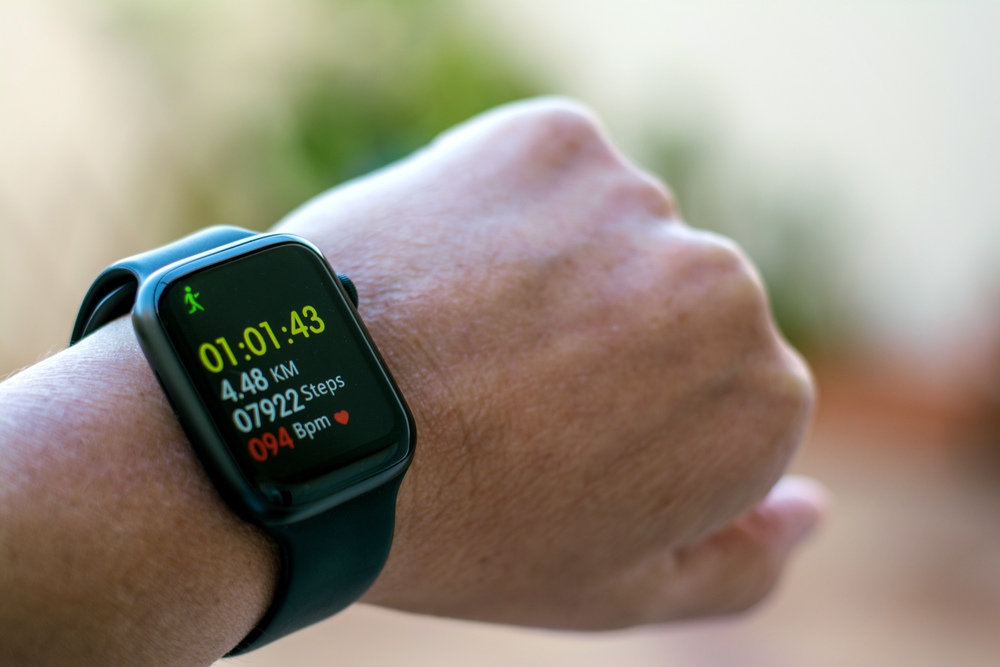
Step count is a basic metric, but it’s not always the most reliable indicator of overall fitness. Trackers may miss steps when you walk slowly or take short steps, and they may even count arm movements as steps. Relying solely on step count can give a distorted view of your activity levels.
Wearing the Tracker on the Wrong Wrist
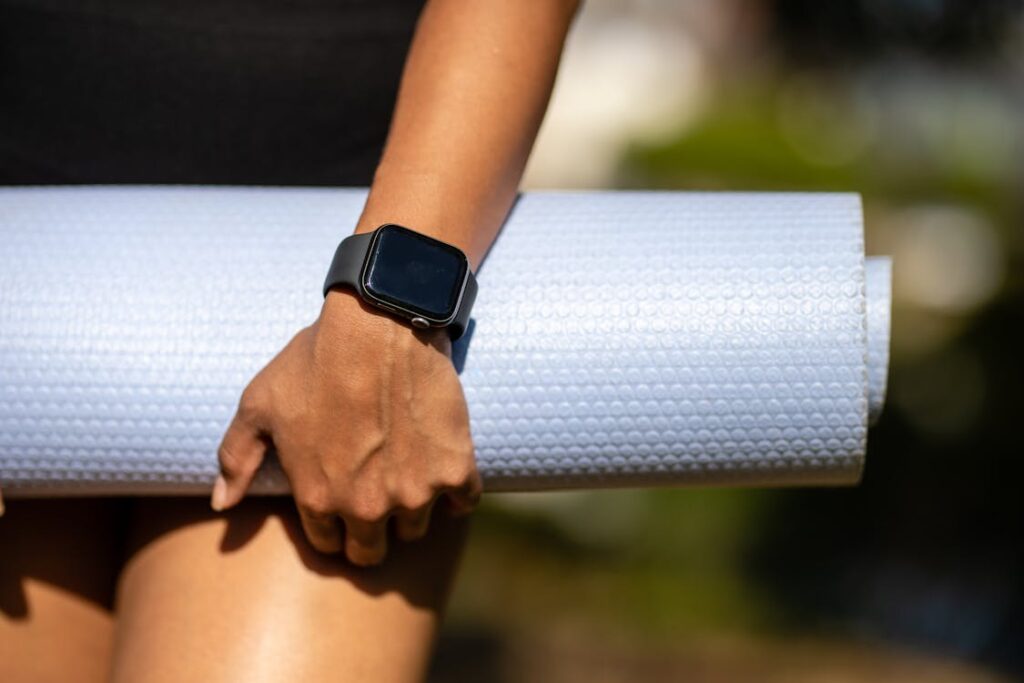
Most fitness trackers allow you to specify whether you wear it on your dominant or non-dominant wrist. If this setting is incorrect, your tracker may overestimate or underestimate your movements based on wrist activity. Always ensure this setting matches the wrist you’re wearing it on.
Water Exposure Causing Errors

Water-resistant trackers are great for swimmers, but some may not perform well underwater. Exposure to water could cause sensors to malfunction, leading to errors in data like heart rate or calorie burn. If you’re swimming, make sure your device is fully waterproof, not just water-resistant.
Overlooking the Importance of Updates

Manufacturers often release software updates to fix bugs and improve accuracy. Failing to install these updates can leave you with outdated, less reliable data. Always keep your tracker’s software up to date to get the most accurate readings.
Poor Sensor Placement During Activities

Some trackers rely on specific body parts to measure certain activities. For example, placing a wrist-based tracker in your pocket while cycling might not record the data correctly. Make sure you’re wearing the tracker as intended for each activity.
Not Syncing with the App Regularly
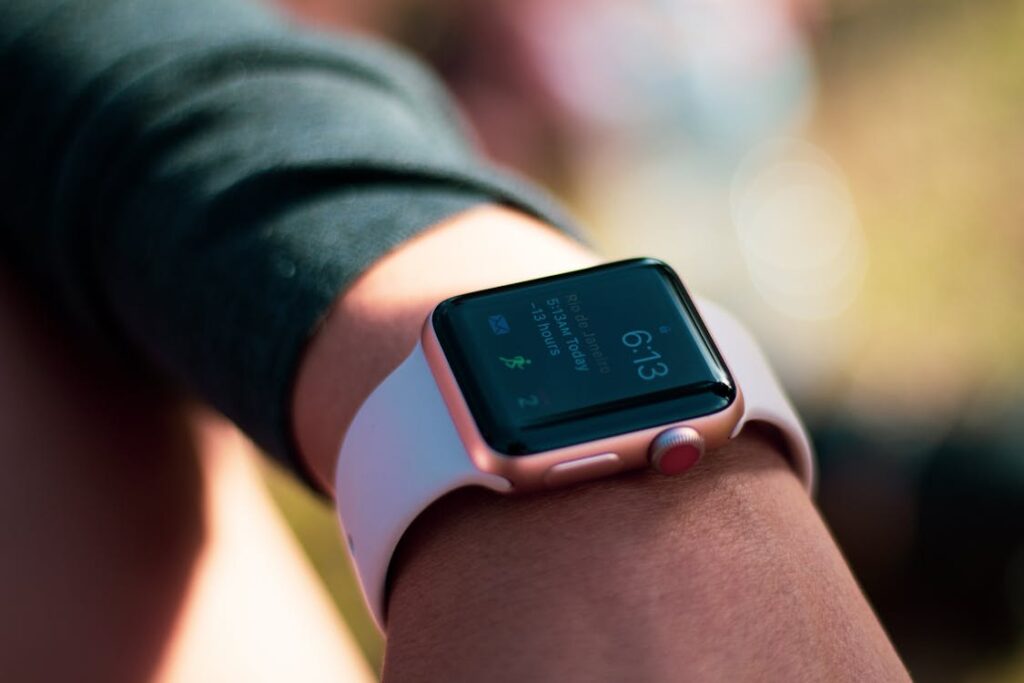
If you don’t sync your fitness tracker with its accompanying app, you could miss out on data analysis and trends. This can lead to a misunderstanding of your progress over time. Syncing regularly allows you to track long-term goals more accurately.
Misjudging Calorie Burn
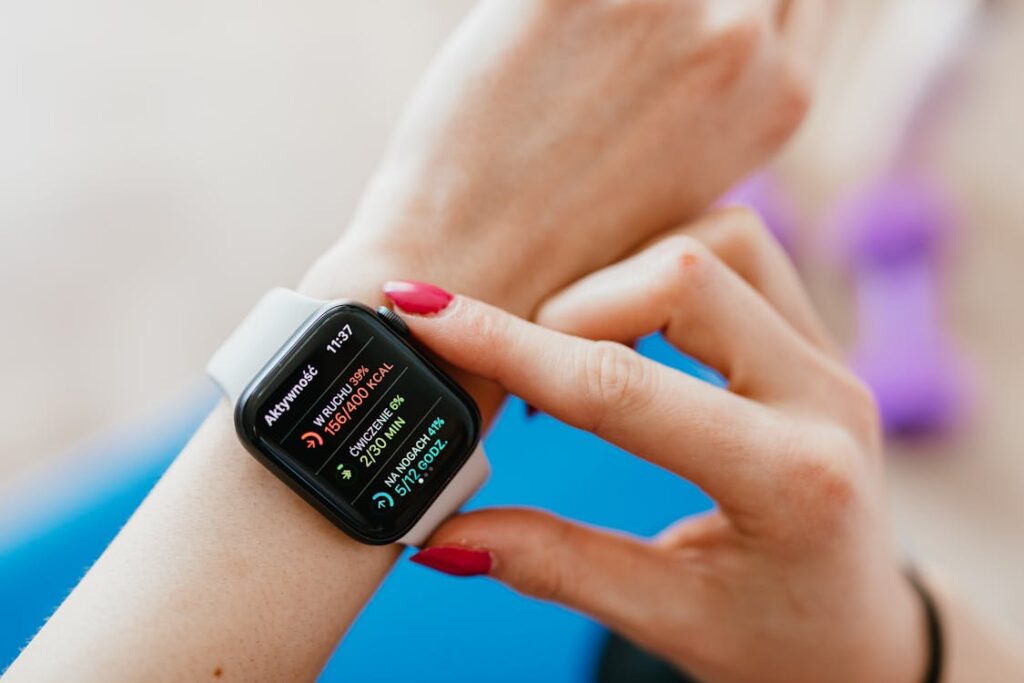
Fitness trackers use algorithms to estimate calories burned, but these calculations aren’t always accurate. Factors like body composition and metabolism can affect how many calories you truly burn, and your tracker might not account for these variables. Don’t rely solely on your tracker for calorie data.
Ignoring Manual Adjustments

Some activities, like strength training or yoga, may not be automatically recognized by your tracker. Manually entering workouts or adjusting activity settings ensures that your fitness data is accurate. This is especially important for exercises that don’t involve a lot of movement but still burn calories.
Not Factoring in Terrain for Step Count
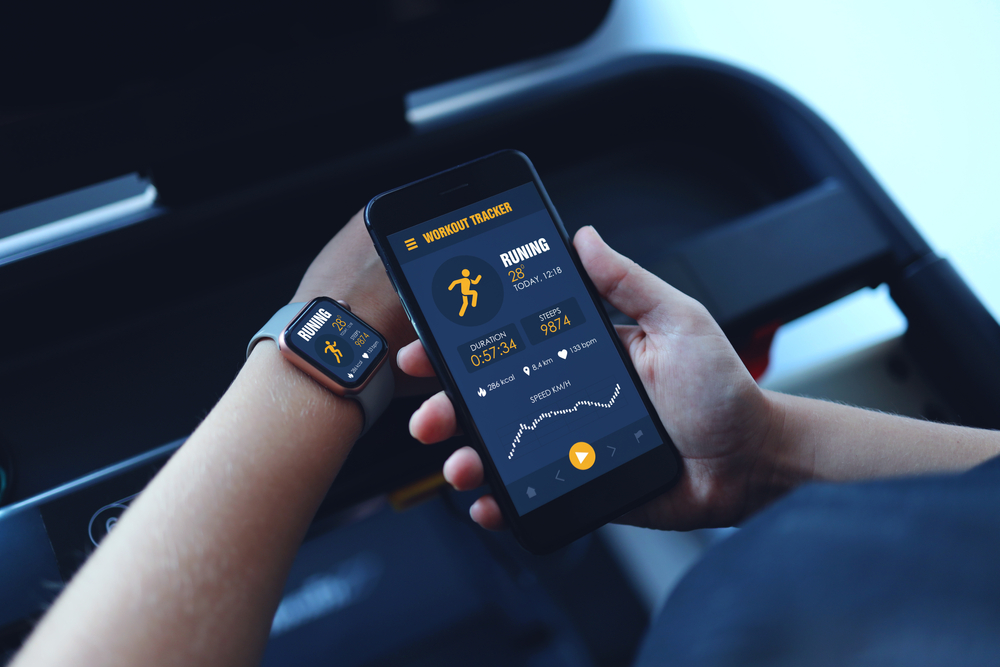
Walking on a treadmill versus walking on an uneven trail can result in very different exertion levels, but fitness trackers often treat them the same. If you’re not accounting for varied terrain, your tracker may miscalculate the intensity of your workout.
Inaccurate Heart Rate Zones
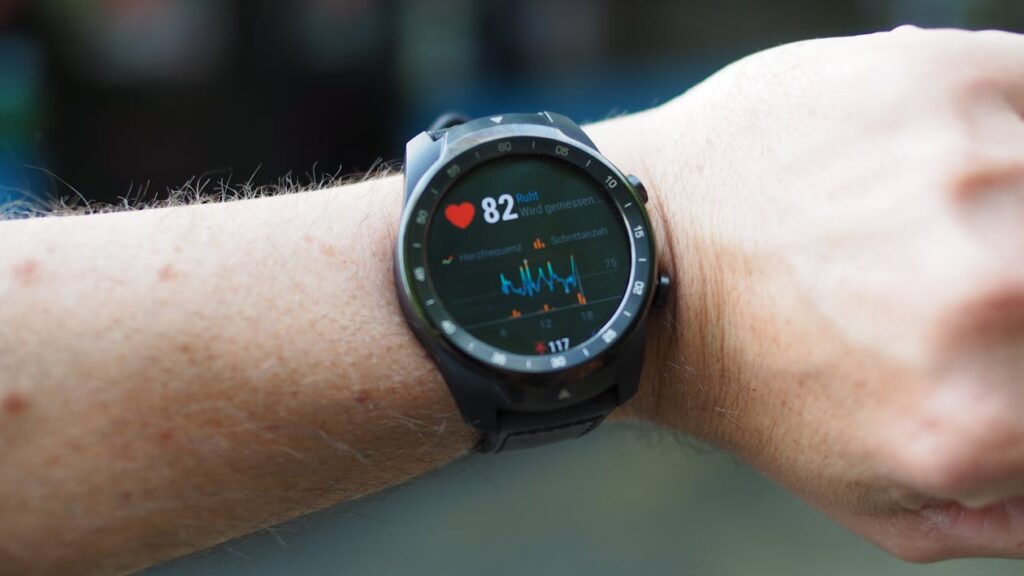
Some trackers inaccurately estimate heart rate zones, leading you to believe you’re working out harder (or not as hard) as you really are. These miscalculations can affect your understanding of how effectively you’re burning fat or improving cardiovascular health.
Confusing Arm Movement with Steps

Certain trackers count hand and arm movements as steps. Activities like brushing your teeth, cooking, or even driving can sometimes be mistaken for walking. To prevent false step counts, opt for a tracker with better motion-detection algorithms.
Ignoring Long-Term Trends
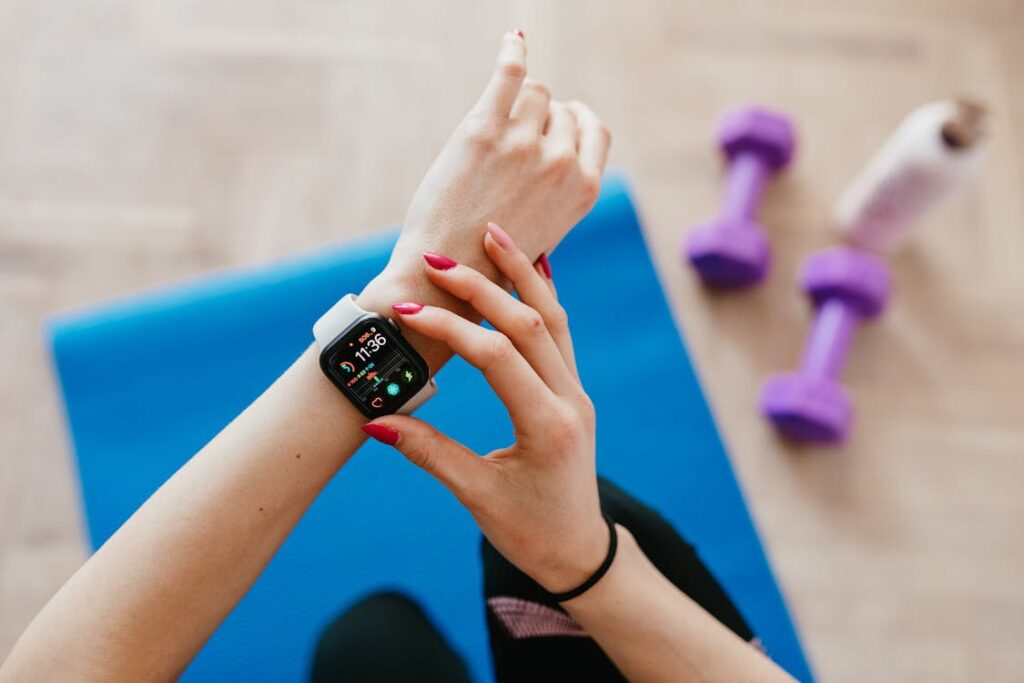
It’s easy to focus on daily stats, but real insights come from looking at long-term trends. If you don’t regularly review your overall data, you may miss important patterns that can help improve your fitness journey. Pay attention to weekly or monthly reports for a more accurate view of your progress.
This article originally appeared on UnifyCosmos.
More from UnifyCosmos
22 Everyday Habits That Are Hurting Your Workplace Productivity

Productivity is essential for success in any workplace. Yet, many factors can hinder it. Read more!
20 Surprising Ways to Repurpose Everyday Household Items

Ever wondered how to make the most out of the items you already have at home? Read more!
15 Little-Known Secrets of the Construction of the Colosseum

The Colosseum is more than just a symbol of ancient Rome; it’s a testament to the ingenuity and ambition of its builders. Read more!
Leave a Reply